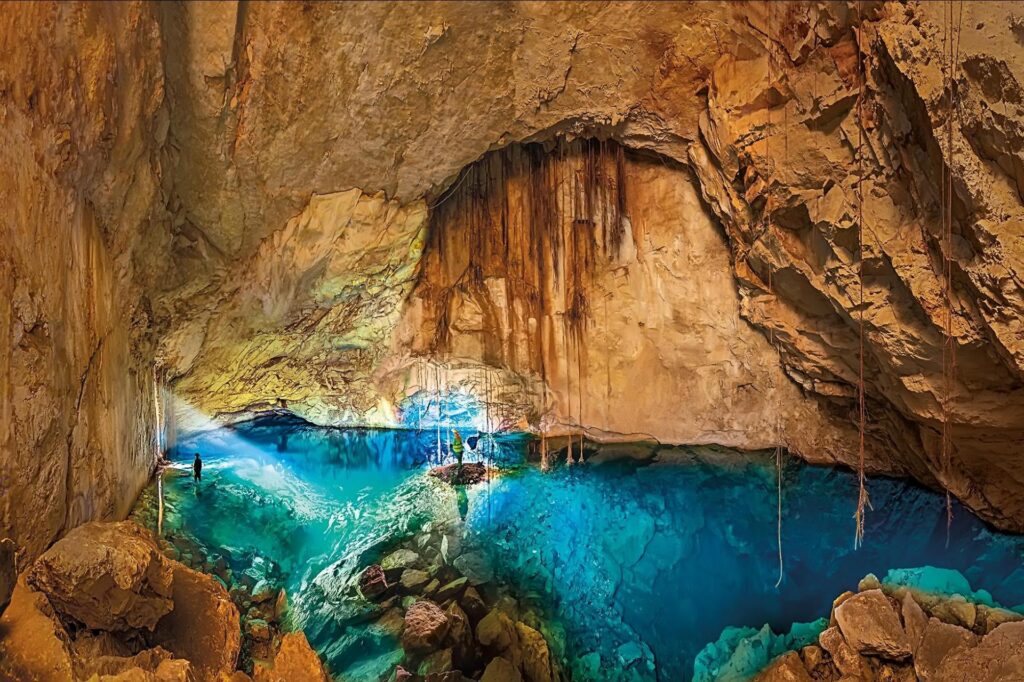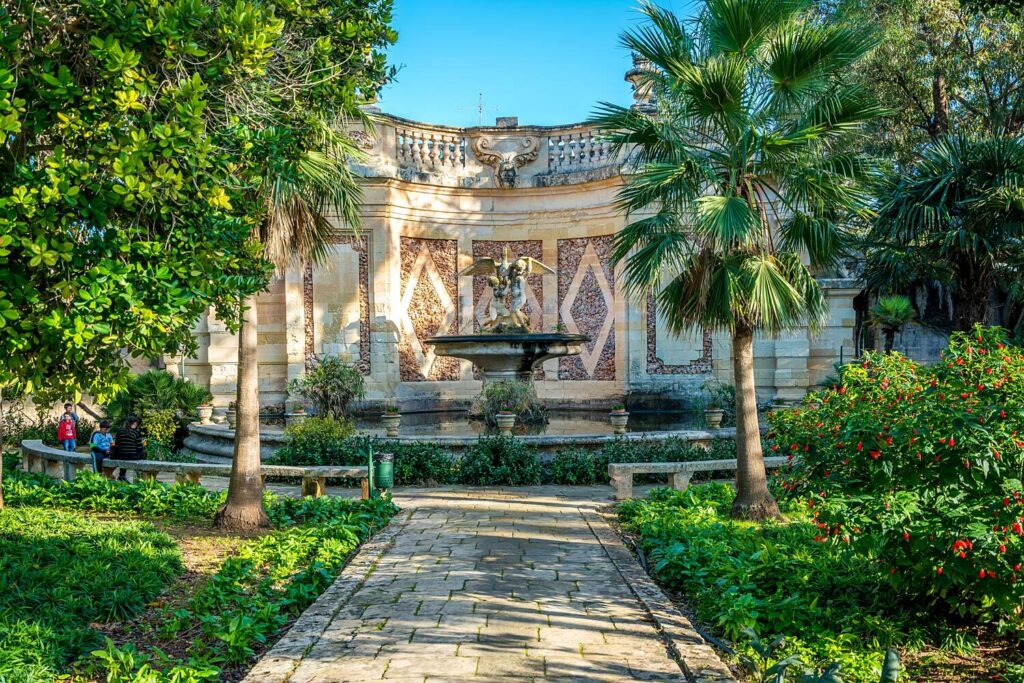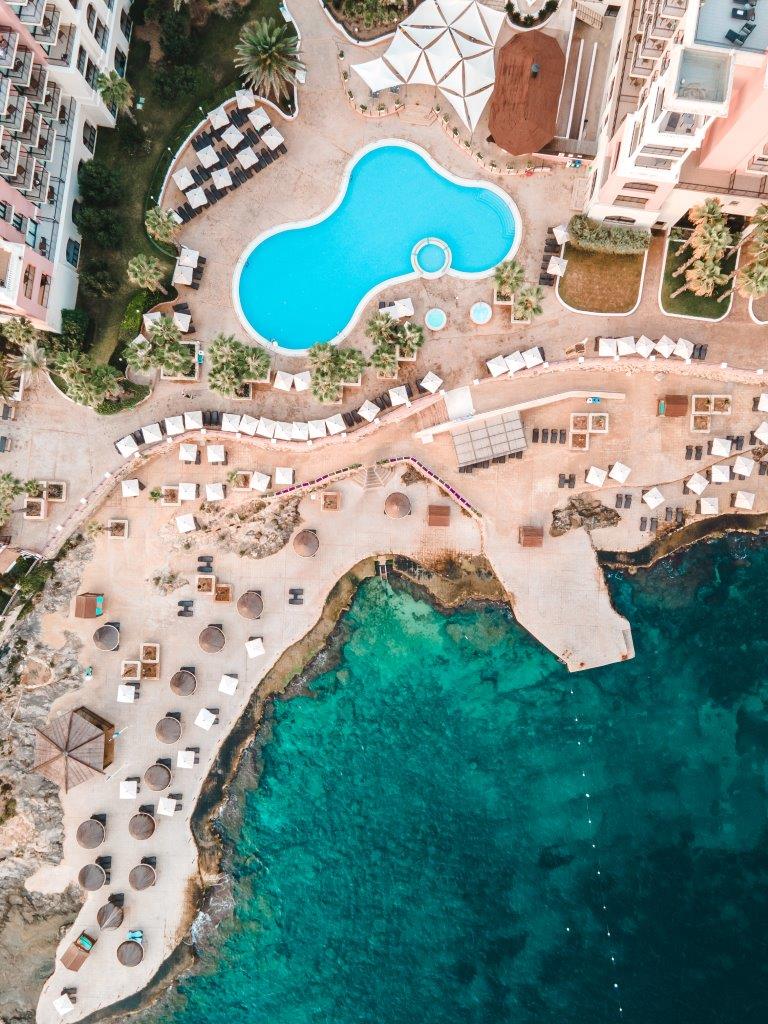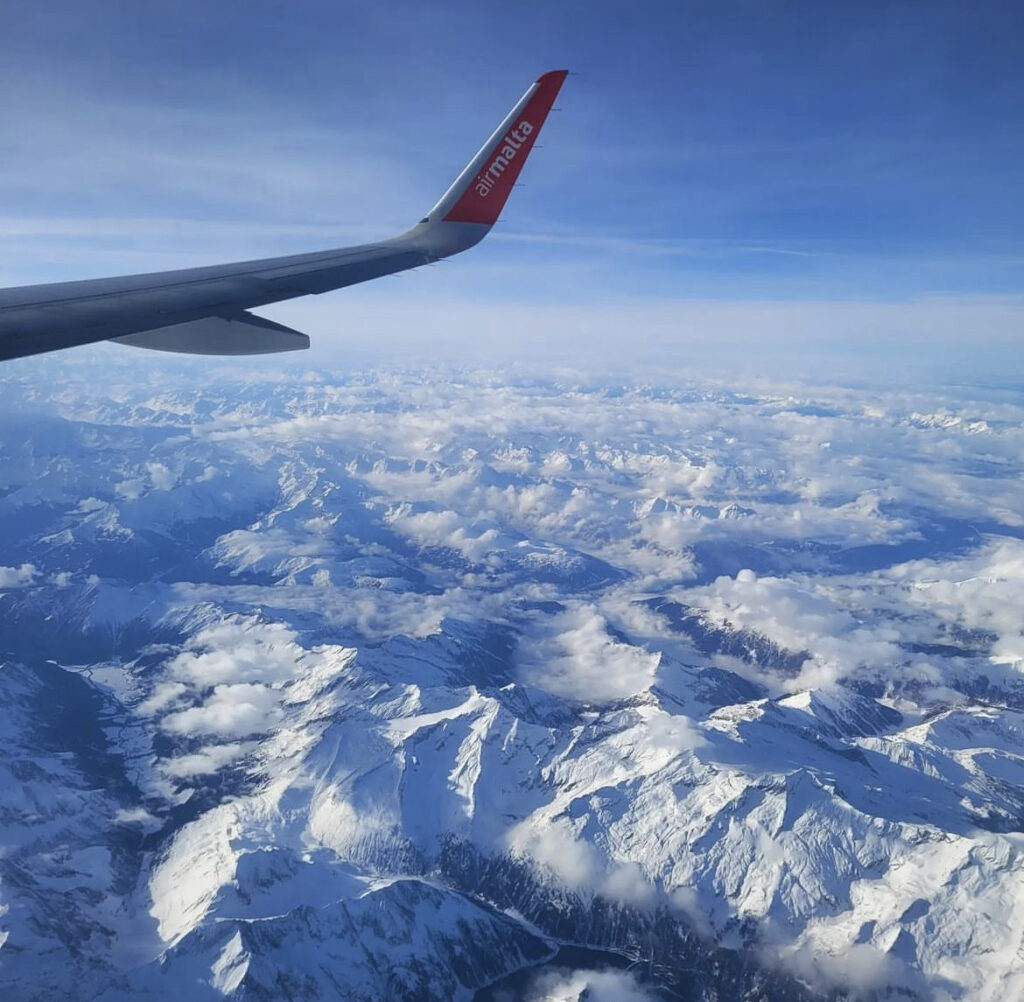Air Malta to be replaced by a new national airline
Malta’s national airline, Air Malta will officially be replaced by a new flag-carrier and is expected to continue operating right until the new one takes over by the end of the year. The fact that the country’s national airline was expected to wind down operations had become an open secret in recent months, especially following reports […]
Mosta Oratory Being Restored From WW2 Damage

Restoration work on the façade of the Oratory of the Sacred Heart of Jesus, Mosta began in August 2022, and are expected to be completed by the end of May 2023. The Restoration Directorate were responsible for this project, from the documentation to the work on the Oratory itself. The Oratory of the Sacred Heart […]
Underground Malta as it’s never been seen before

Photographer Daniel Cilia explores Malta’s water reservoirs for new book. Daniel Cilia waded through toxic sewers and scuba-dived into water reservoirs for a new book, 8000 Years of Water. He tells Daniel Tihn the stories behind six photographs that show a side of Malta never seen before. Tas-Silġ reservoir, Marsaxlokk “This had never been photographed […]
Verso l’estate: le location più instagrammabili di Malta

A meno di due ore di volo dall’Italia, l’arcipelago maltese vi aspetta per una vacanza indimenticabile! Se siete anche pronti a fare il grande passo, e volete chiedere ufficialmente di suggellare il vostro amore con una proposta di matrimonio indimenticabile, eccovi una lista di alcuni tra i luoghi più adatti a Malta dove rendere speciale […]
The Westin Dragonara Resort Malta Announces Its New Heated Open-Air Pool

The gateway to luxury in Malta, is thrilled to announce the completion of a sustainable friendly project whereby the hotel’s main outdoor swimming pool now features year-round heated fresh water. With its state-of-the-art water heating system, the Dragonara’s open-air pool can maintain a comfortable temperature no matter the weather outside! This means that guests can […]
Il Barocco maltese, tra architettura e musica

IL LEGAME CON IL GUSTO DOMINANTE TRA XVII E XVIII SECOLO IN TUTTA EUROPA SI ESPRIME SOPRATTUTTO NELLE ARCHITETTURE PUBBLICHE E RELIGIOSE DA SCOPRIRE NELL’ARCIPELAGO DI MALTA, GOZO E COMINO A gennaio l’arcipelago di Malta celebra la sua identità barocca. Per tutto il mese, ormai da dieci anni a questa parte, Valletta accoglie infatti un […]
COM awarded renewed QA seal

Today we received our renewed QA seal! The Quality Assured seal for Destination Management Companies scheme was launched in 2008 and the scope is to recognise DMCs committed to high levels of quality and professionalism. The assessment is carried out through an audit and participation is on a voluntary basis.
Two direct flights per week between Nice and Malta

From the 27th of March, Air Malta will offer two direct flights per week between Nice Côte d’Azur and Malta Luqa airport. Departures from Nice are scheduled for Monday and Friday.
Secret Garden In Valletta Monastery Now Open

The Mysterium Fidei Monastery which has been secluded in the heart of Malta’s capital for over four centuries has just opened for the public… and the initial photos look incredible. The secret garden forms part of Valletta’s Monastery of St. Catherine’s, home to the Augustinian Cloistered nuns. And after more than 400 years, it’s opening […]
Forbes Travel Guide 2023

The Forbes Travel Guide has returned for another year, awarding the world’s best hotels, restaurants, spas and cruises. And as for the luxury hotel department, one Maltese destination nestled right in the capital managed to yet again win the highest possible honour: a five-star rating! Malta had 10 hotels featured in the 2023 Forbes Travel […]
